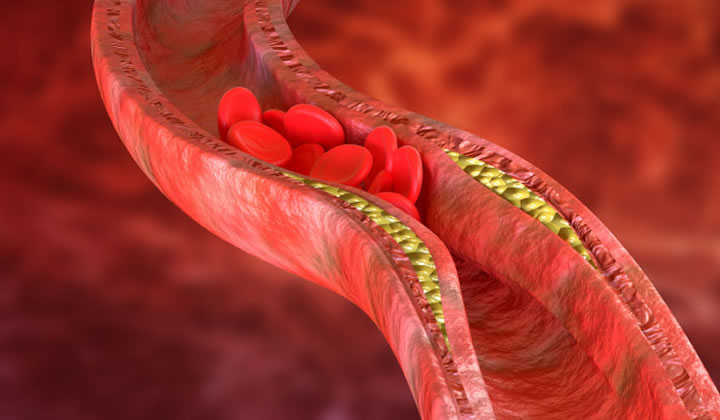
According to findings from the phase 3 EINSTEIN-Jr study, treatment with rivaroxaban resulted in similar rates of recurrent venous thromboembolism (VTE) and bleeding when compared with standard anticoagulation among pediatric patients with previously diagnosed acute VTE who had started heparin therapy.
In the trial, children aged from birth to 17 years were randomized to receive either a body weight-adjusted dose of rivaroxaban (n=335) or standard of care therapy (low molecular weight heparin or fondaparinux, and/or vitamin K antagonist therapy; n=165).
Results of the study showed that the rate of symptomatic recurrent VTE – the primary end point – was similar in both treatment groups with 1.2% of patients experiencing a recurrent event in the rivaroxaban group compared with 3.0% in the standard anticoagulation group (hazard ratio [HR] 0.40; 95% CI, 0.11 to 1.41).
Findings also showed that 3.0% of the rivaroxaban group and 1.9% of the standard anticoagulation group experienced clinically relevant bleeding (HR 1.58; 95% CI, 0.51 to 6.27), which was the principal safety outcome of the trial.
“This trial examined for the first time whether a direct oral anticoagulant could alleviate the burden of blood clots in young patients, which would allow them to focus on recovering from their other health challenges,” said Christoph Male, MD, Department of Pediatrics, Medical University of Vienna, Vienna, Austria. “The EINSTEIN-Jr study with rivaroxaban represents a significant advance for pediatric VTE treatment.”
Currently, there is no direct oral anticoagulant approved for use in pediatric patients. The EINSTEIN-Jr study is 1 of 5 trials examining rivaroxaban use in pediatric patients. Another key study, UNIVERSE, is evaluating the safety and efficacy of rivaroxaban for thromboprophylaxis in children 2 to 8 years old after the Fontan procedure.
For more information visit janssen.com.


